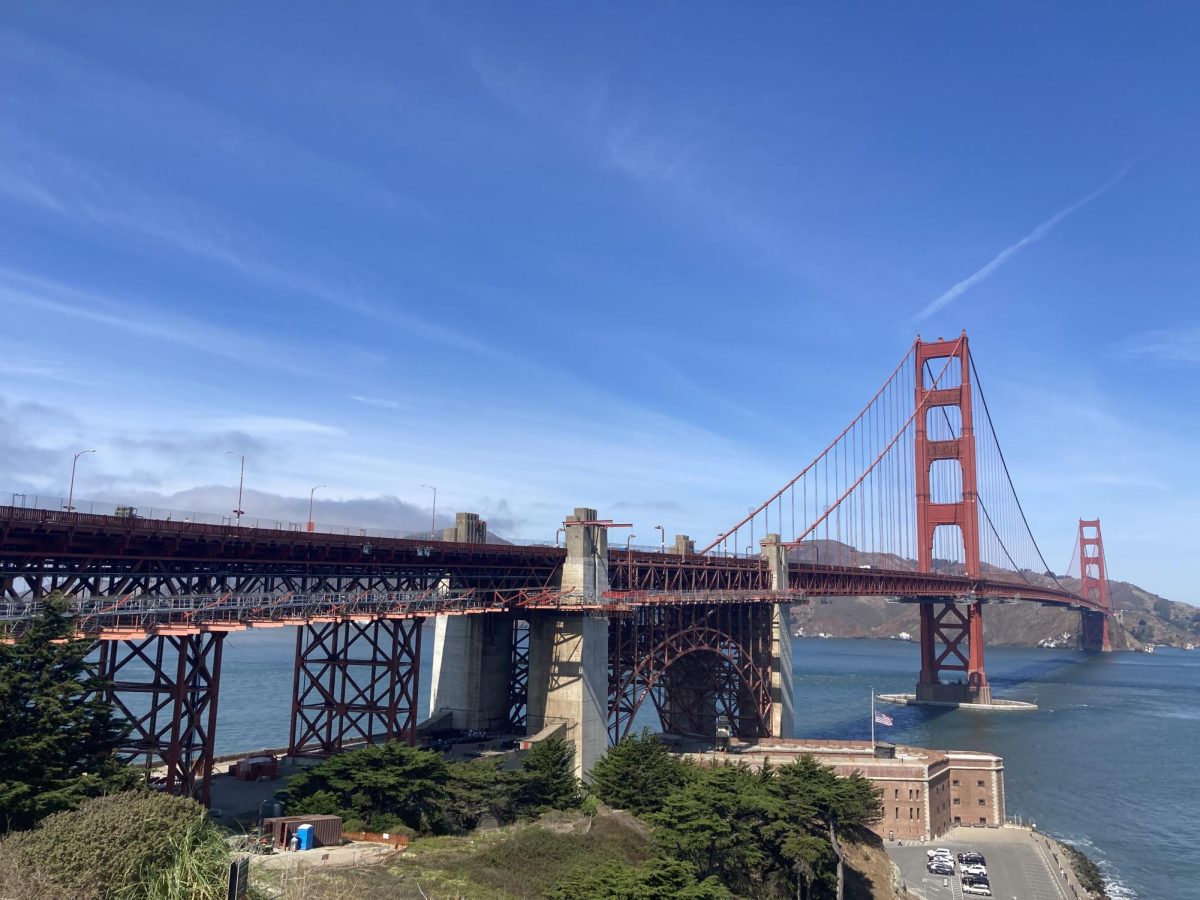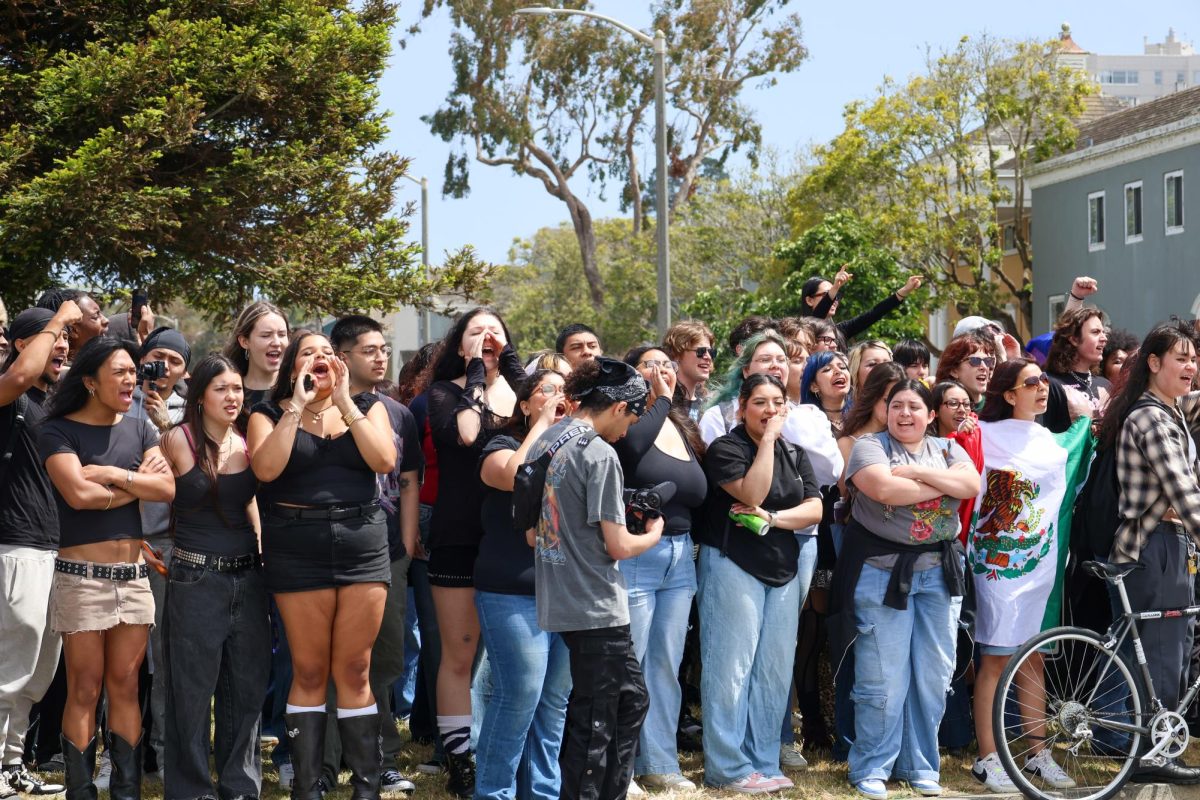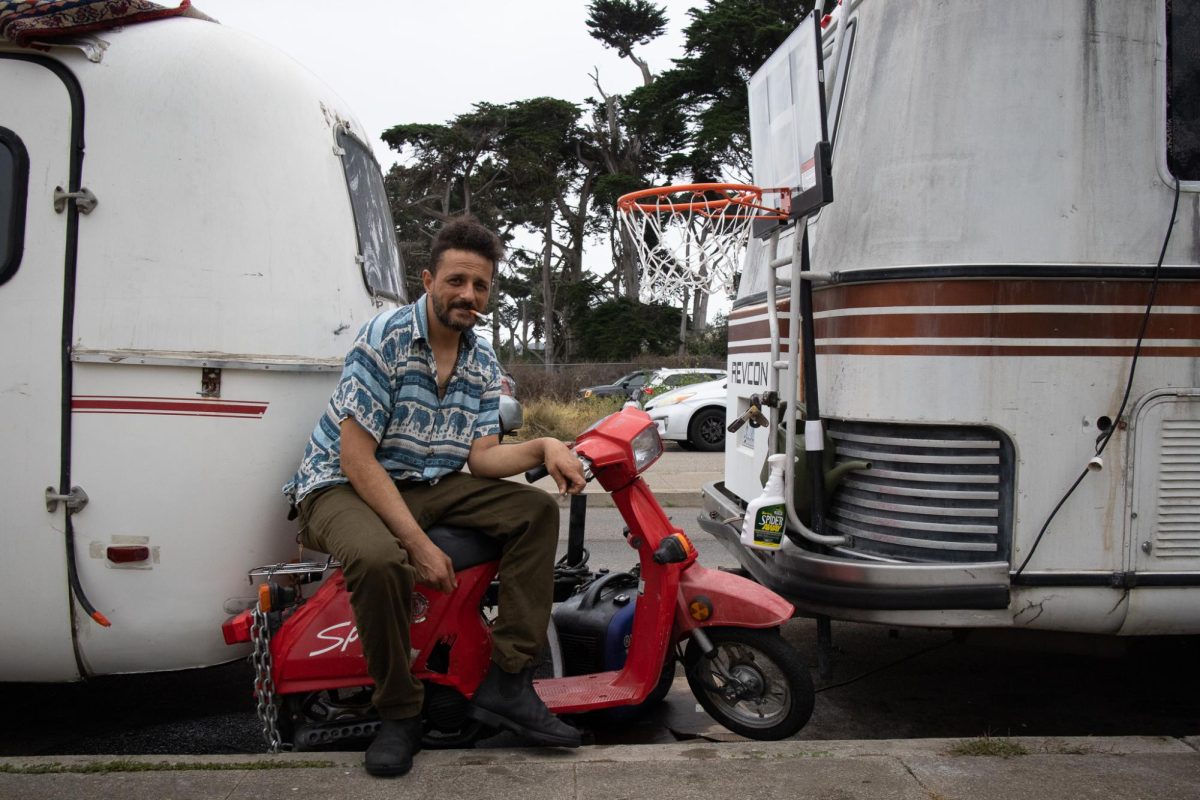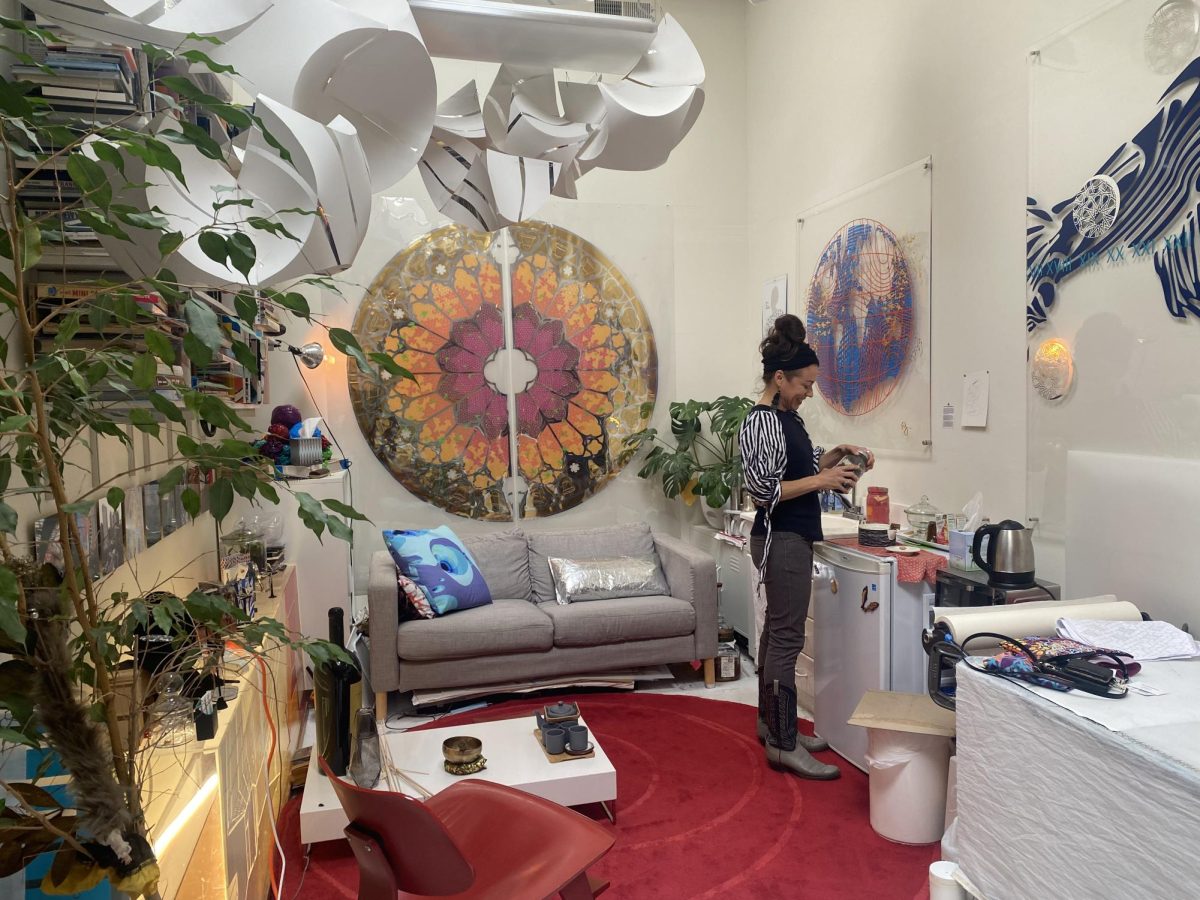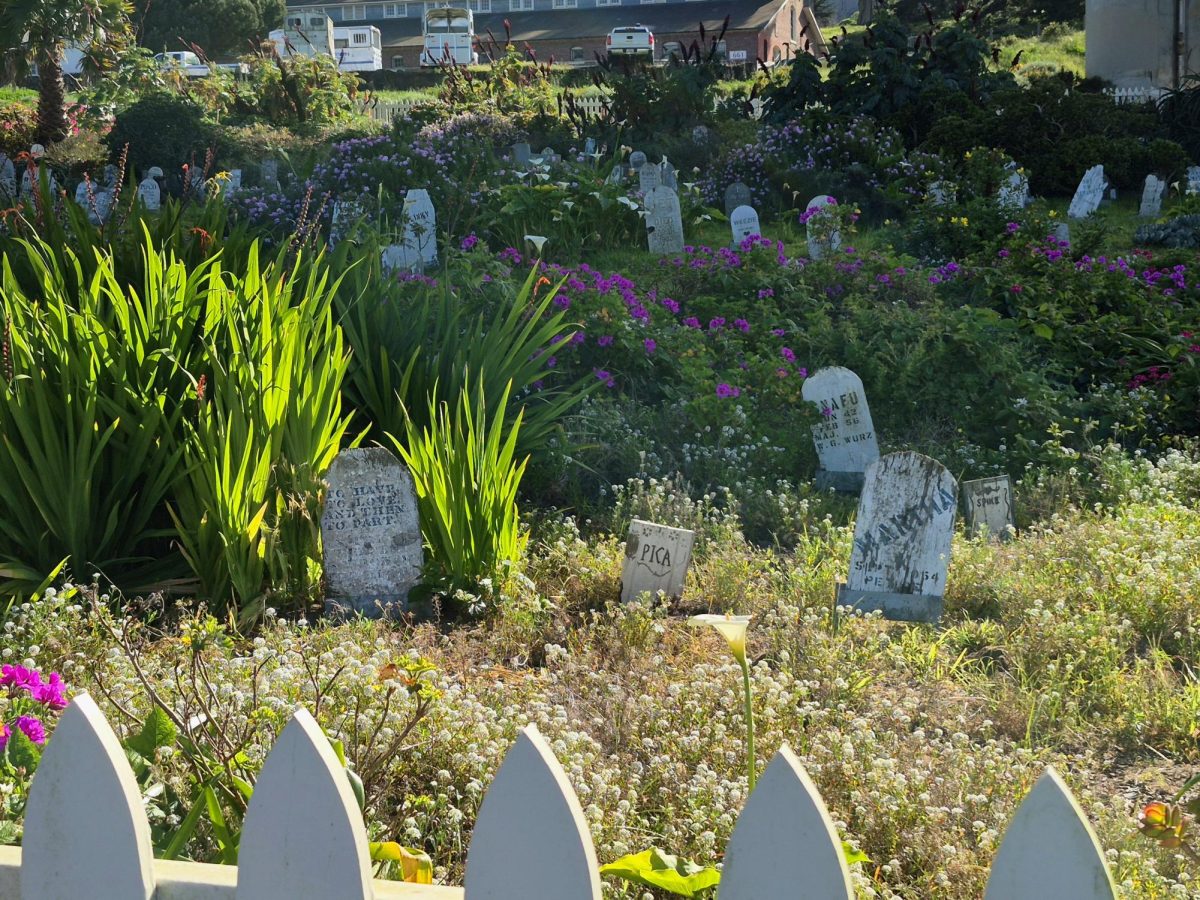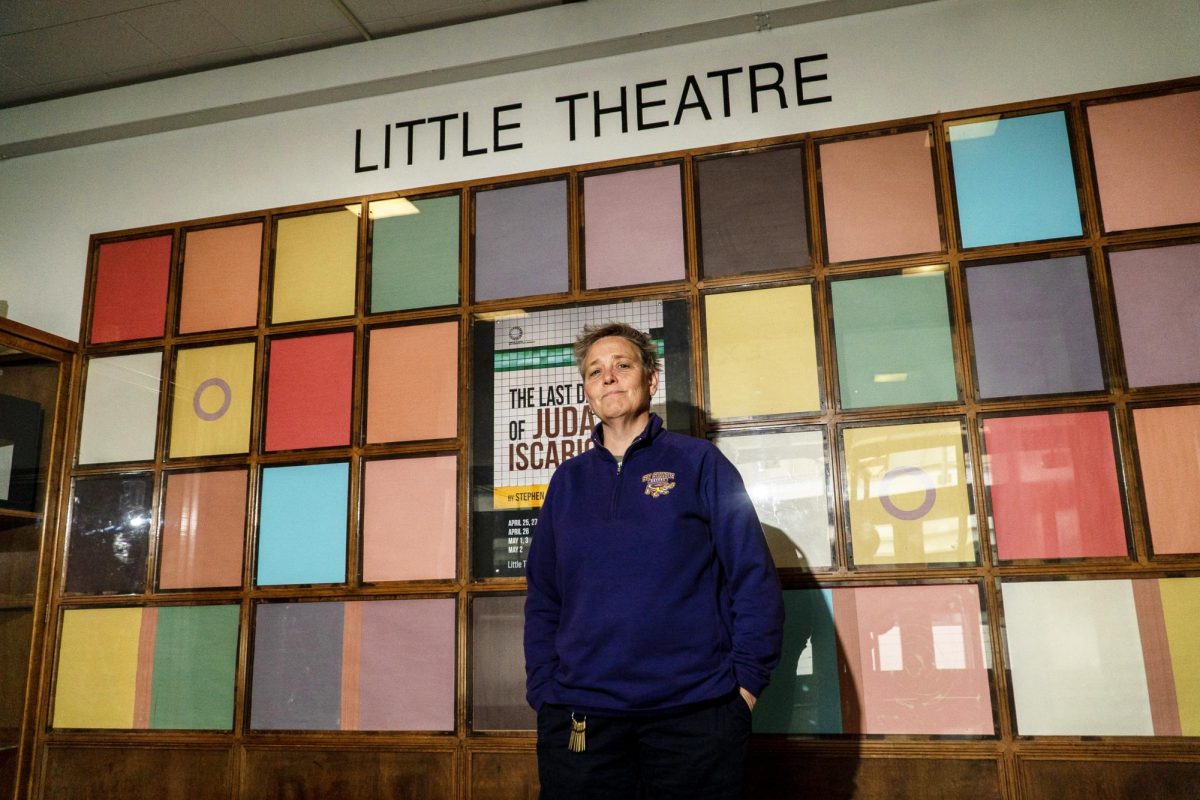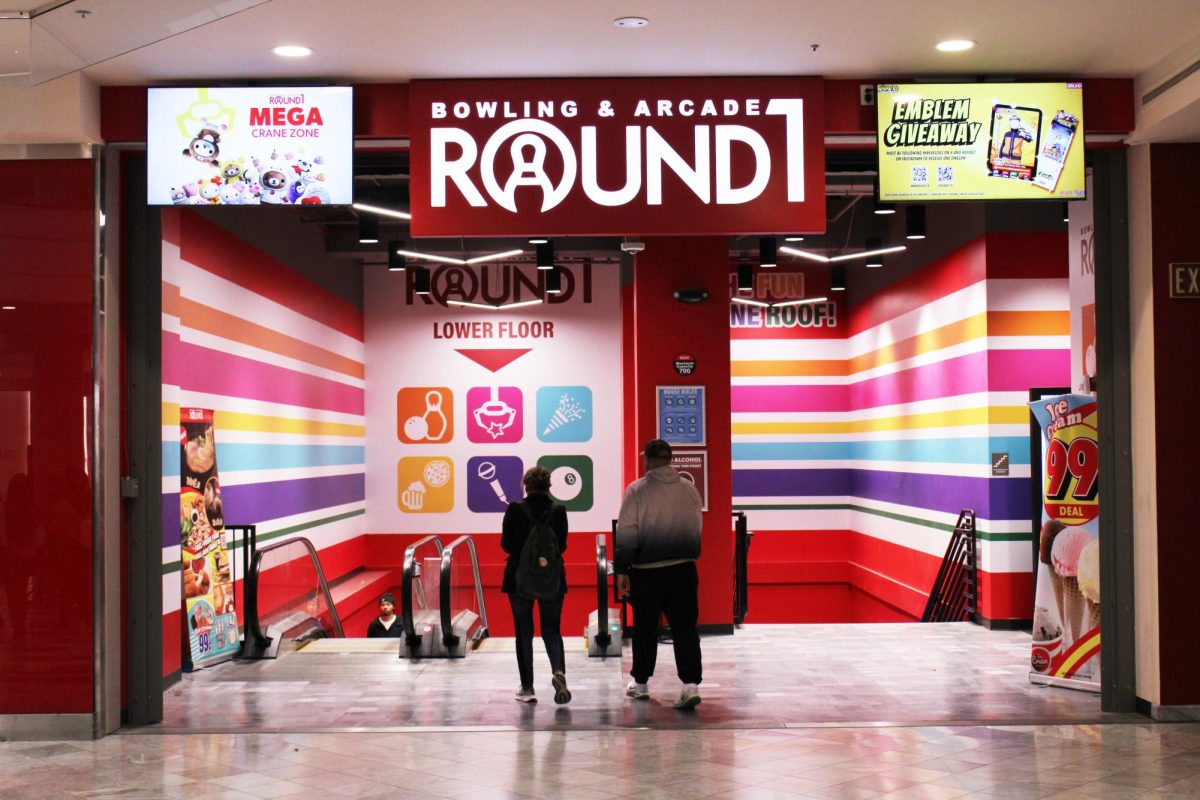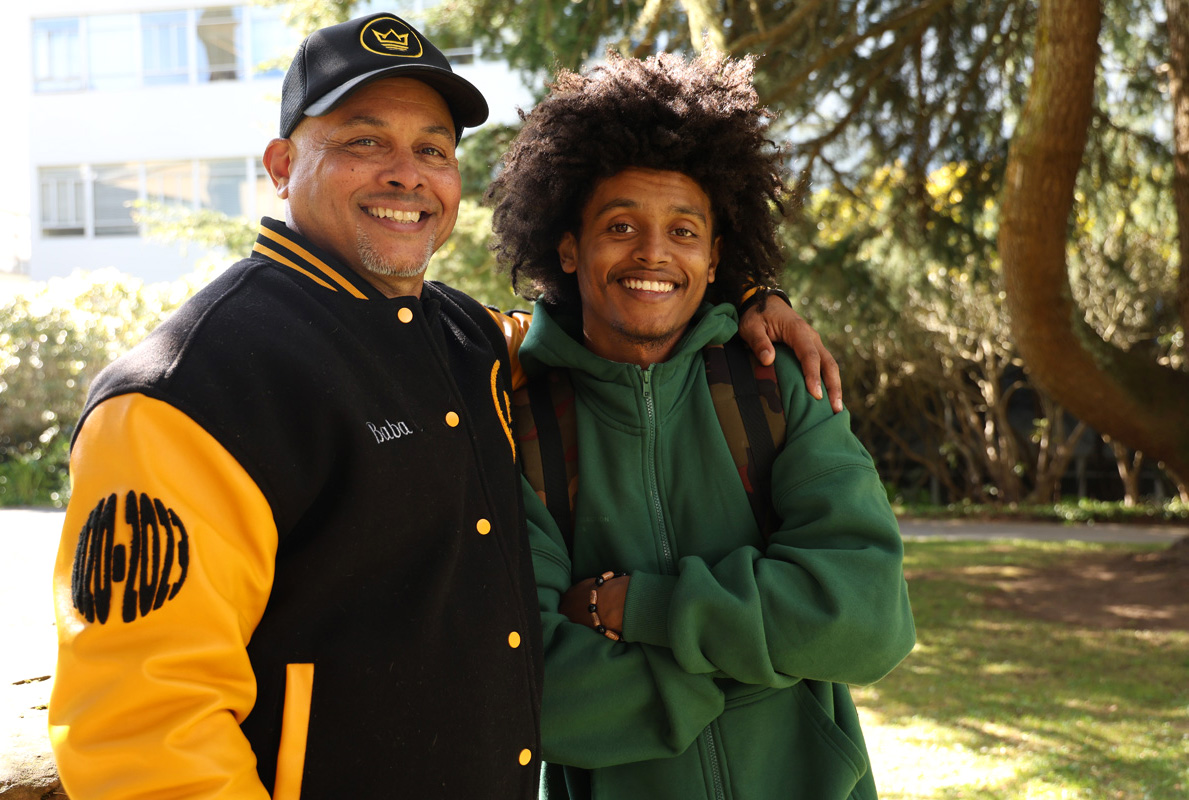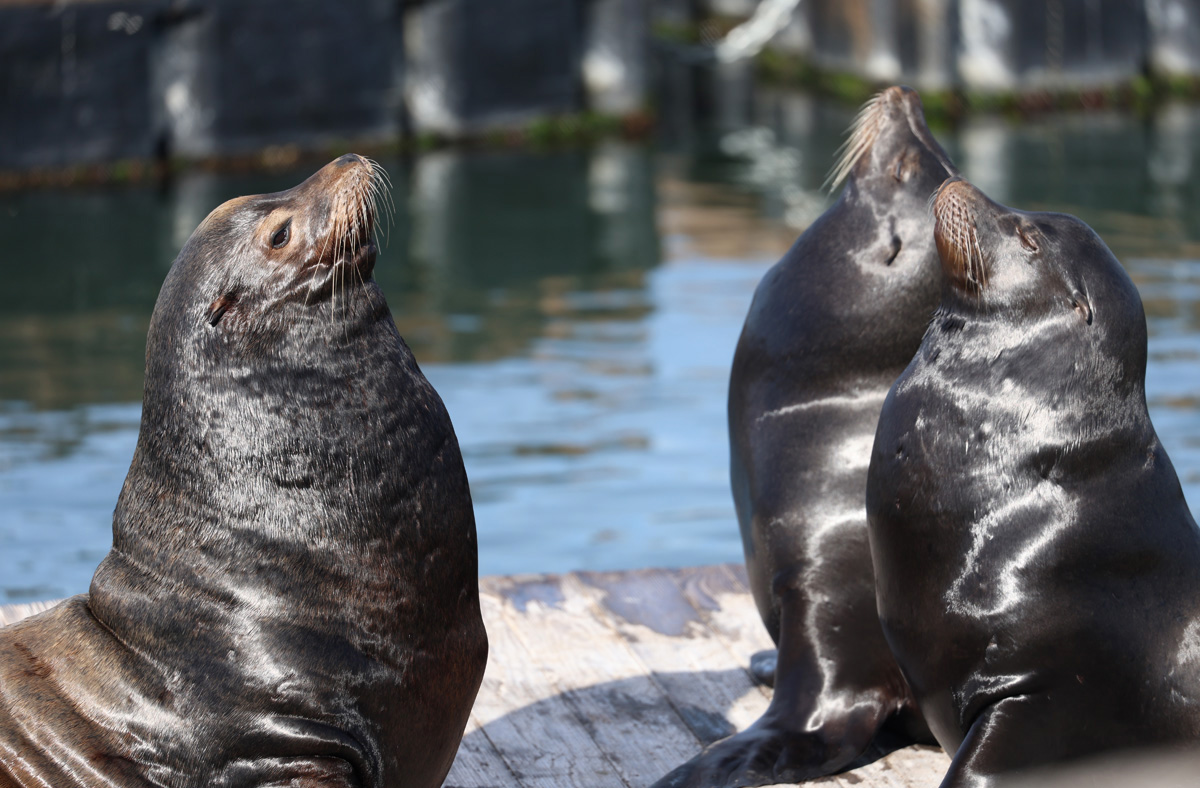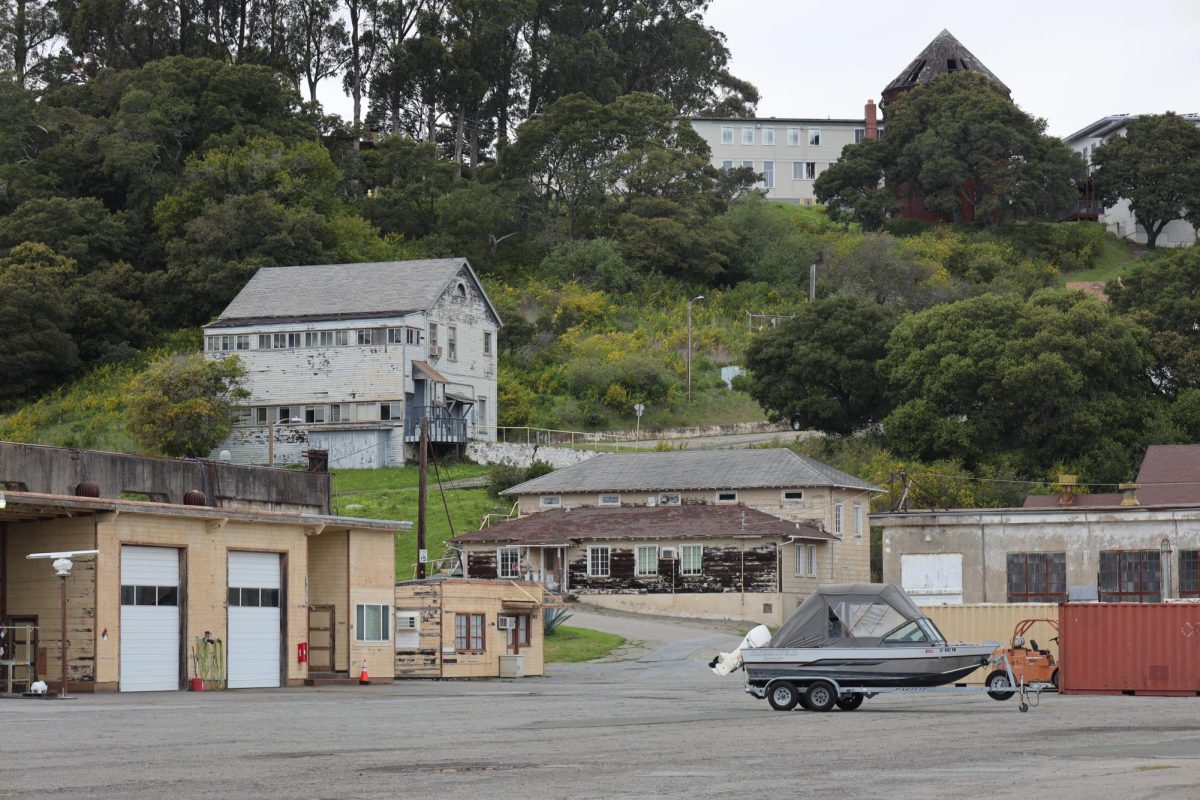San Francisco’s Golden Gate Bridge officially opened to the public on May 27, 1937. After more than four years of construction, more than 200,000 people paid only 25 cents to walk the bridge on opening day. From this day on, the bridge, recognized for its size, capturing red color and rich history, has acted as a signature of the city of San Francisco.
The bridge was constructed at SF State’s Tiburon campus, which was a U.S. Navy site at the time. In 1933, the site was leased by the Navy to the John A. Roebling’s Sons Company, which was responsible for the manufacturing of the bridge. The New Jersey-based company used the site to furnish and erect the main cables for the Golden Gate Bridge and construct a seawall, a wharf and a large warehouse to serve as a production depot.
Steel wires for the cables were shipped in 400-pound bundles from the Roebling plant in Trenton, New Jersey, through the Panama Canal and unloaded onto the shoreline at the Tiburon campus. Approximately 150 men worked on the north end of the campus where they wound the wire onto reels before they were taken to the Golden Gate Bridge. This back-and-forth process took six months and nine days, creating 27,572 wires in each cable.
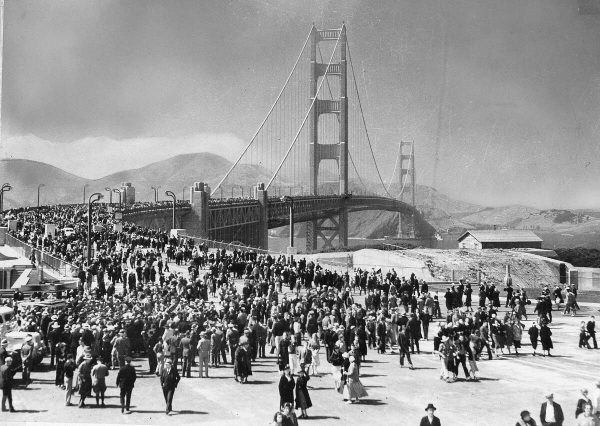
In 1942, the Roebling lease ended and the campus was returned to the U.S. Navy. In 1978, the site was transferred to SF State, and on November 20, 2017, the Romberg Tiburon Center for Environmental Studies was renamed to the Romberg Tiburon Campus, and the Estuary and Ocean Science Center was established.
Galvanized steel wires for the cables were shipped in 400-pound bundles from the Roebling plant through the Panama Canal to SF State’s Tiburon campus, where they were unloaded and reeled into cables.



